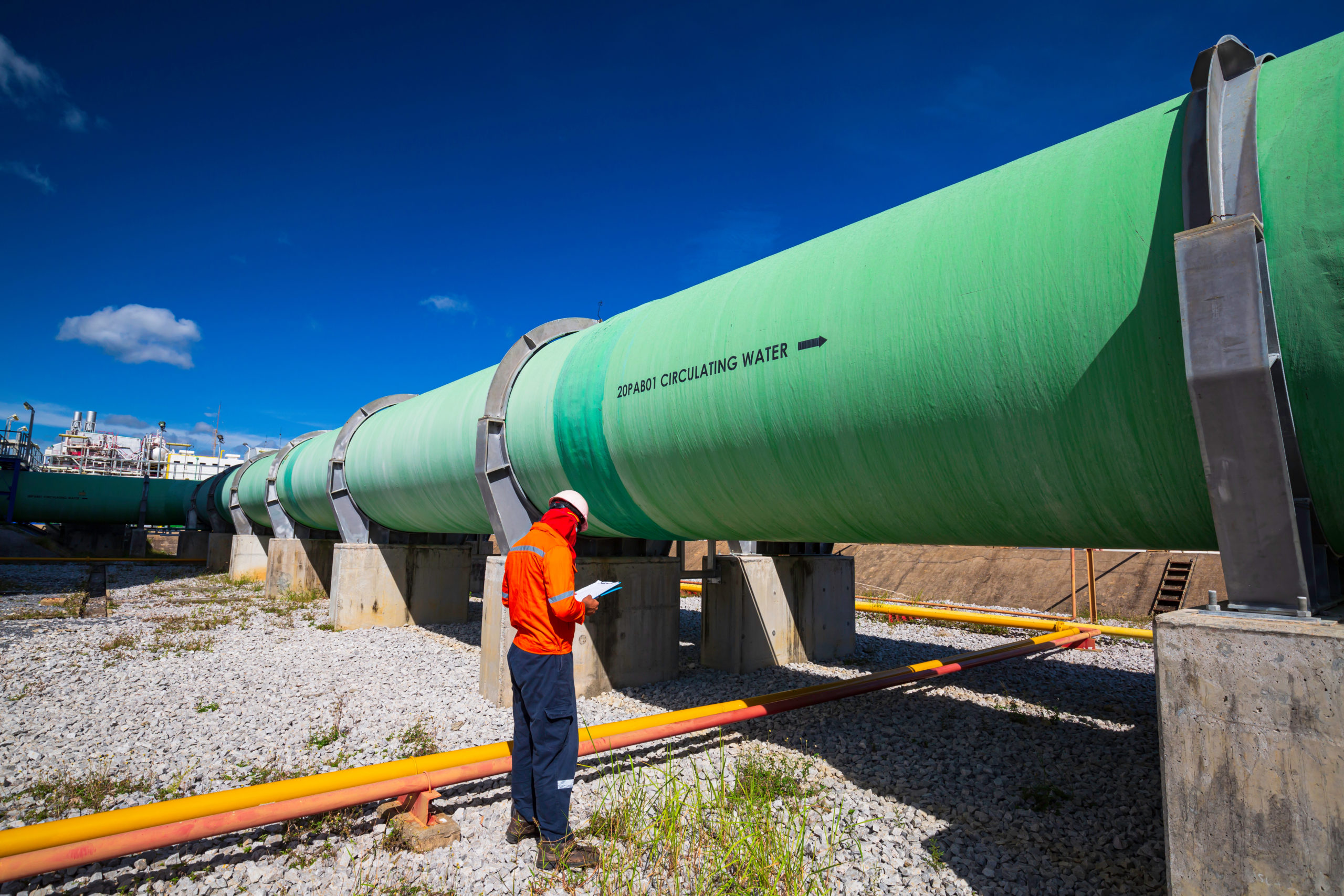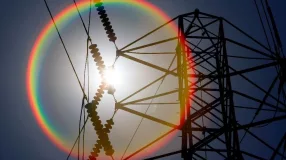Leaders of the Natural Gas Council (NGC) today recognized the U.S. Environmental Protection Agency (EPA) for correcting some of its data on greenhouse gas (GHG) emissions associated with the natural gas industry. Even though the natural gas industry has a low methane emissions profile, EPA had previously used inflated estimates that misrepresent the environmental impact of natural gas.
“From wellhead to burnertip, we are all improving upon the already low methane emissions rates associated with the natural gas value chain,” said Ron Jibson, chairman of the Natural Gas Council and the American Gas Association, and chairman, president and CEO of Questar Corporation. “There are efforts underway in every segment of the industry to continue to reduce emissions and improve the overall impact of natural gas on the environment including green well completions and upgrading transmission and delivery infrastructure. But we must have accurate and fact-based data that reflects those improvements so that we can truly understand the impact of our energy usage and make smart decisions about our nation’s energy future.”
Through coordination with the natural gas industry, EPA incorporated more accurate data in its 2013 inventory, using data that was more recent and represented more wells. As a result, the agency revised its estimated methane emissions rate for the natural gas value chain downward to 1.4 percent of produced gas, a number that may still be overstating emissions. In fact, further reductions are expected when additional data becomes available as a result of EPA’s Subpart W greenhouse gas reporting requirement.
Jibson continued: “The Natural Gas Council is pleased that EPA is getting closer to reality regarding emissions rates as opposed to continuing to use the unsupported numbers included in last year’s Inventory. This is a step in the right direction, and we know the number will only continue to get lower as more information becomes available and as the industry continues to upgrade systems, employ leading practices and deploy technological advances.”







